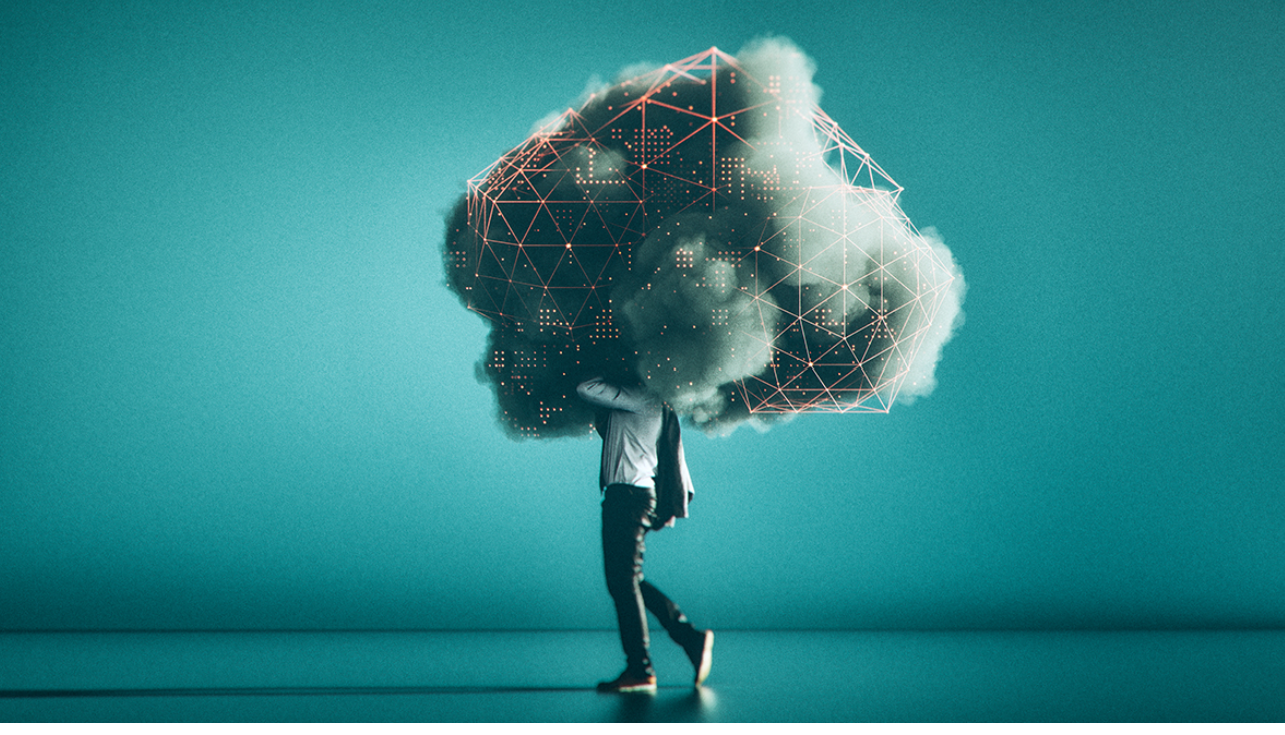
08
MayWhen Algorihtms make Managers worse
Brief Description
One of the newest dilemmas for leaders in an age of AI is when and how to use algorithms to manage people and teams. AI, algorithms, and automation might allow you to manage more people at scale, but that doesn’t mean they will make you a better leader. In fact, quite the opposite may be true: technology has the potential to bring out the very worst in us.
Article Description
One of the newest dilemmas for leaders in an age of AI is when and how to use algorithms to manage people and teams. AI, algorithms, and automation might allow you to manage more people at scale, but that doesn’t mean they will make you a better leader. In fact, quite the opposite may be true: technology has the potential to bring out the very worst in us.
Without careful consideration, the algorithmic workplace of the future may end up as a data-driven dystopia. There are a million ways that algorithms in the hands of bad managers could do more harm than good: How about using an algorithm to set your work rosters so that the number of hours is just below the legal threshold for full-time employment? Or automatically sending emails to people when they are more than five minutes late to work? Or nudging people to work during the time they normally spend with their families by offering incentives? Or using sensors to monitor warehouse workers and then warning them when they take too long to stack a shelf? Or constantly adjusting the color temperature of your office lighting so that your employee’s circadian system thinks that late afternoon is still morning?
Don’t think these kinds of things would happen? It’s already happening. Amazon, for example, has received two patents for a wristband designed to guide warehouse workers’ movements with the use of vibrations to nudge them into being more efficient. IBM has also applied for a patent for a system that monitors its workforce with sensors that can track pupil dilation and facial expressions and then use data on an employee’s sleep quality and meeting schedule to deploy drones to deliver a jolt of caffeinated liquid so its employees’ workdays are undisturbed by a coffee break.